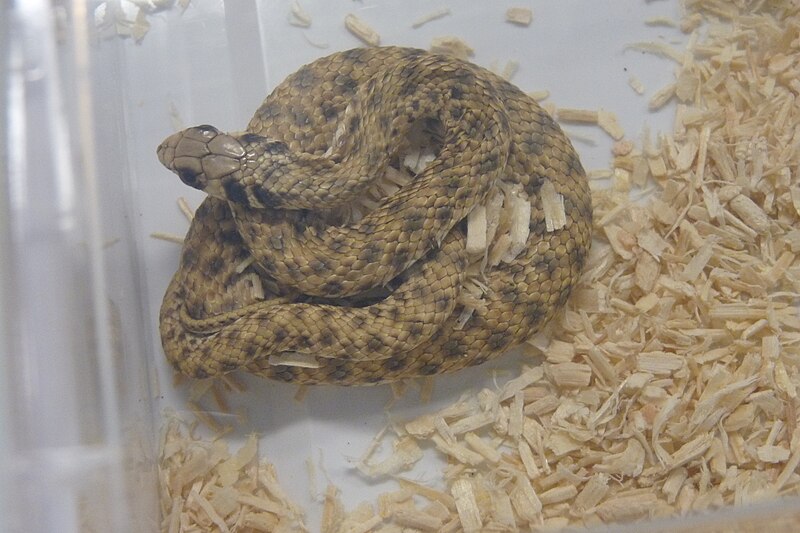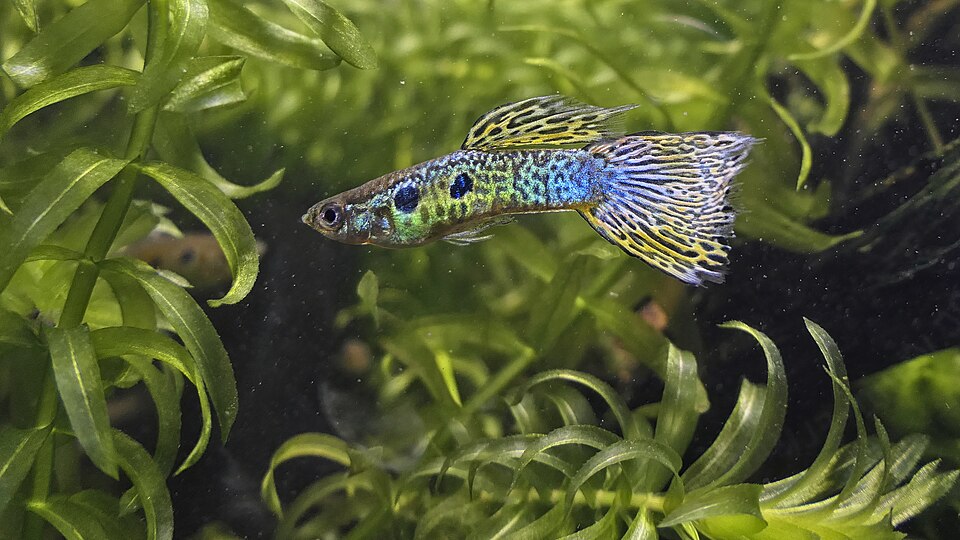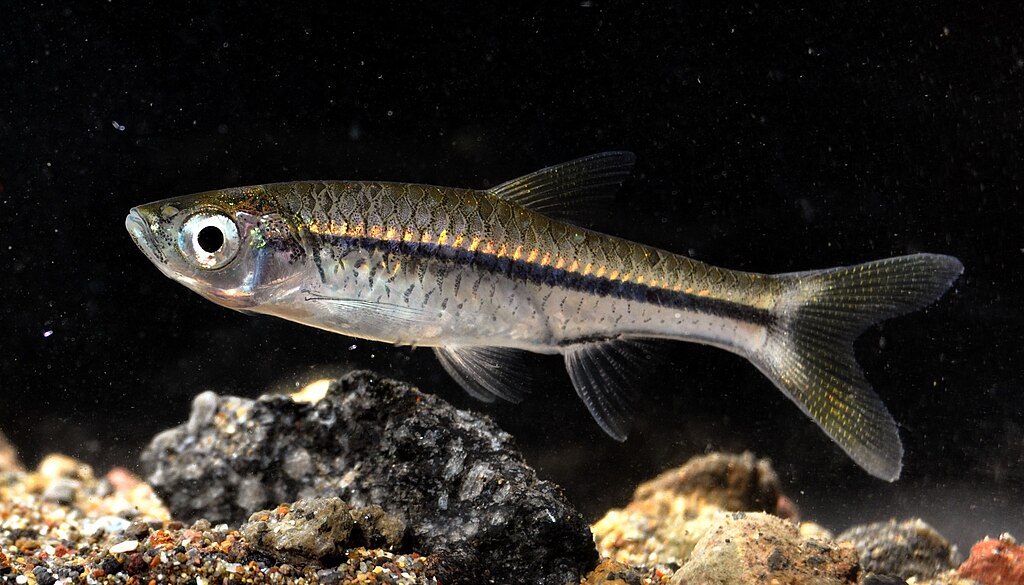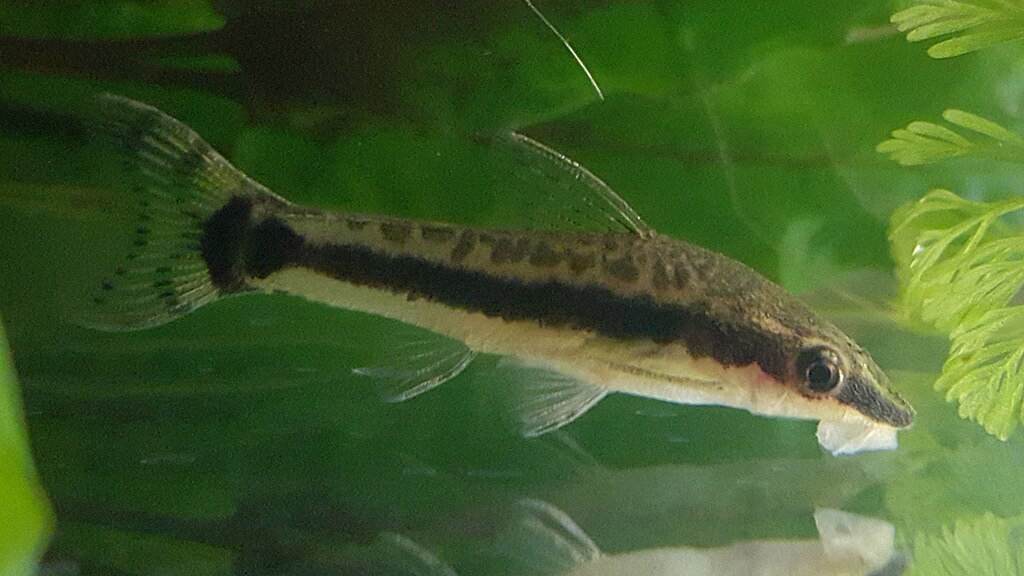Hi there, pet lovers! 🐍
For reptile enthusiasts seeking a pet that combines striking behavior with unique challenges, the Egyptian False Cobra (Malpolon moilensis) stands out as a captivating option. Known for its dramatic cobra-like displays and active personality, this snake is not for beginners—but for experienced keepers, it offers a rewarding experience.
Unlike true cobras, the Egyptian False Cobra is rear-fanged and mildly venomous, making it less dangerous but still requiring cautious handling. Native to arid regions of North Africa and the Middle East, this species thrives in hot, dry environments and demands specialized care.
Below, we dive deep into everything potential owners need to know—from temperament and enclosure setup to health considerations and legal aspects.
Overview
The Egyptian False Cobra is a diurnal, active, and intelligent snake that mimics true cobras with its hood-flaring and upright defensive posture. While not as deadly as its namesake, it still poses unique challenges. Here’s a quick summary:
- Handling and Temperament: Defensive and fast-moving; not ideal for frequent handling.
- Care and Maintenance: Requires a desert-style setup with high heat and low humidity.
- Health and Durability: Hardy once established, but wild-caught specimens often arrive with parasites.
- Availability: Rare in captivity; mostly wild-caught, though captive breeding is increasing.
- Cost: Moderate initial cost, but specialized care adds expenses.
- Overall: Best suited for experienced keepers who appreciate its behavior but don’t expect a handleable pet.
Why Choose an Egyptian False Cobra?
This snake is not a pet for everyone, but it offers unique appeal for the right keeper:
- Striking Behavior: Its cobra-like hooding and hissing make it one of the most visually impressive non-venomous mimics.
- Active and Engaging: Unlike many snakes that hide most of the day, this species is diurnal (active during daylight), providing more viewing opportunities.
- Moderate Size: Adults typically reach 3-5 feet, making them manageable in size compared to larger constrictors or true cobras.
However, its defensive nature, venomous bite (mild but noticeable), and specialized care needs mean it’s best left to advanced hobbyists.
Handling and Temperament
Defensive but Not Aggressive
Egyptian False Cobras are nervous and fast-moving, often reacting to threats by:
- Hooding up like a true cobra.
- Hissing loudly with an open mouth.
- Striking defensively if cornered.
While they can calm down with time, they are not a “hands-on” pet like a ball python or corn snake.
Venom Considerations
Their rear-fanged venom is mild compared to true cobras but can cause:
- Localized pain and swelling.
- Nausea or dizziness in sensitive individuals.
- No recorded fatalities, but bites should be avoided.
Handling Tips
- Use a hook to move them when necessary.
- Avoid overhandling—they stress easily.
- Never handle while feeding (they have a strong feeding response).
Care and Maintenance
Enclosure Setup
Since these snakes are active and arboreal, their enclosure should reflect their natural desert habitat:
- Tank Size: Minimum 40-gallon breeder for adults (larger is better).
- Substrate: Sandy soil mix or Excavator Clay to allow burrowing.
- Climbing & Hiding: Provide branches, cork bark, and rock hides for enrichment.
- Water Bowl: Shallow but always available (they drink frequently).
Temperature & Humidity
- Basking Spot: 90-95°F (essential for digestion).
- Cool Side: 75-80°F (allows thermoregulation).
- Night Drop: Can go down to 70°F.
- Humidity: Low (30-40%)—too much moisture causes respiratory infections.
Lighting
- UVB is beneficial (though not strictly necessary).
- Daylight cycle: 12 hours on/12 hours off.
Feeding
- Diet: Primarily mice and small rats (live or frozen-thawed).
- Frequency: Adults eat every 7-10 days; juveniles every 5-7 days.
- Variety: Some individuals accept lizards or chicks for enrichment.
Health and Durability
Common Health Issues
- Parasites (wild-caught specimens).
- Respiratory infections (if humidity is too high).
- Dehydration (if water access is inadequate).
Preventative Care
- Quarantine new snakes (especially wild-caught ones).
- Regular vet checks for parasite screening.
- Monitor weight to prevent obesity or malnutrition.
With proper care, they can live 10-15 years in captivity.
Availability and Cost
Where to Buy
- Reputable Breeders: The best option (captive-bred specimens are healthier).
- Reptile Expos: Occasionally available, but often wild-caught.
- Online Vendors: Research thoroughly to avoid scams.
Cost Breakdown
- Snake: $150-$400 (rarer morphs cost more).
- Enclosure Setup: $300-$500 (heat lamps, thermostat, substrate).
- Ongoing Costs: Food, electricity, vet visits.
Warning: Wild-caught snakes often die within months due to stress and parasites. Always opt for captive-bred if possible.
Pros and Cons
Pros
✔ Incredible defensive displays (hooding, hissing).
✔ Active and visible during the day.
✔ Moderate size (easier to house than large constrictors).
✔ Mild venom (not life-threatening but demands respect).
Cons
✖ Not handleable (defensive and fast).
✖ Venomous (can deliver painful bites).
✖ Hard to find captive-bred.
✖ Requires strict heat and humidity control.
Final Thoughts
The Egyptian False Cobra is a fascinating, challenging, and visually stunning snake—but it’s not for beginners. If you’re an experienced keeper looking for an active, intelligent reptile with dramatic behaviors, this species could be a rewarding choice.
However, if you want a handleable, low-maintenance snake, species like corn snakes, ball pythons, or king snakes are far better options.
For those committed to its care, the Egyptian False Cobra offers a unique glimpse into the world of cobra mimics—without the extreme danger of a true cobra.
Would you keep one? Let us know in the comments! And for more reptile care guides, stay tuned. 🐍








Leave a Reply